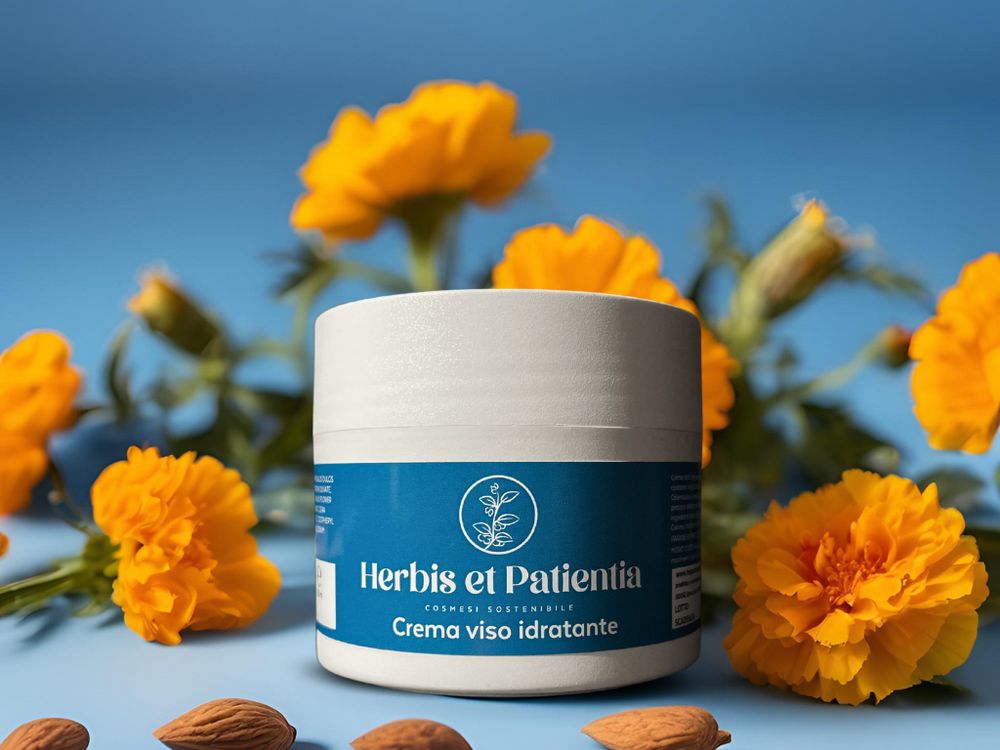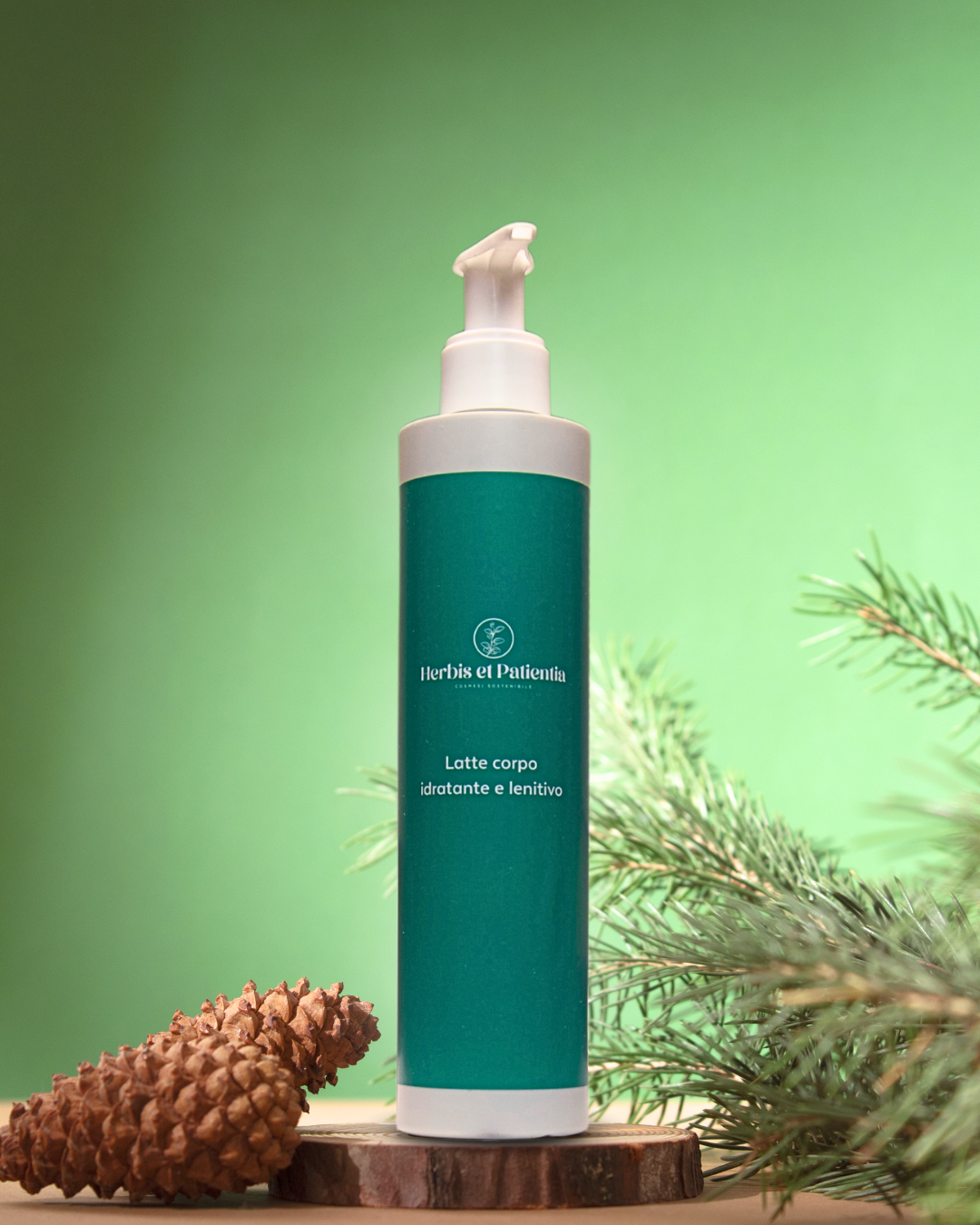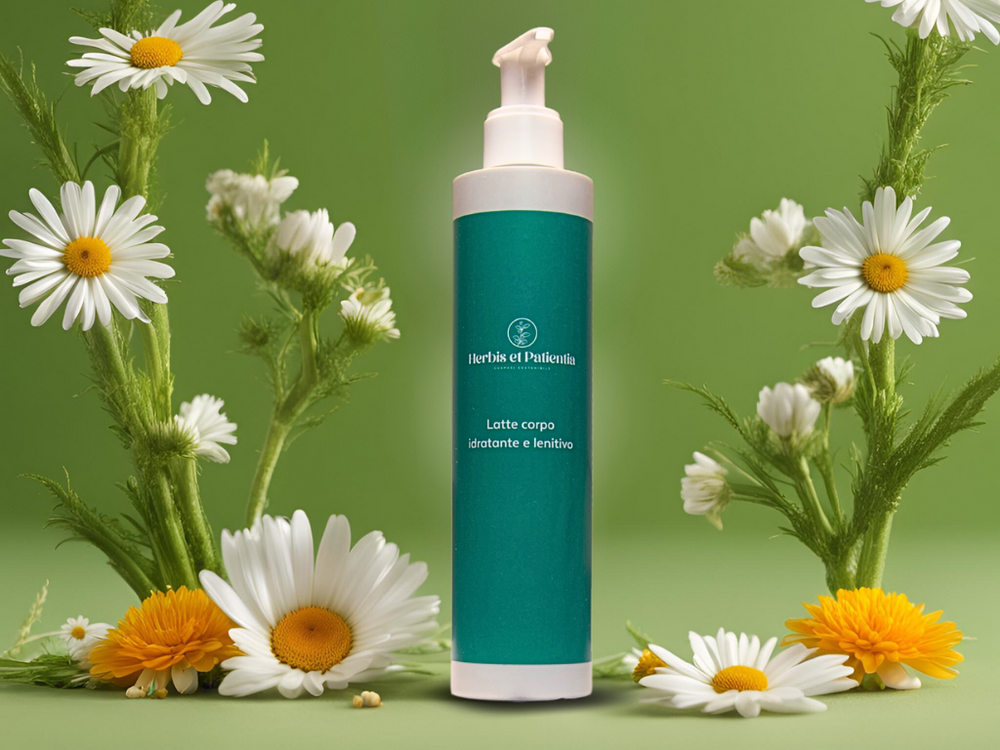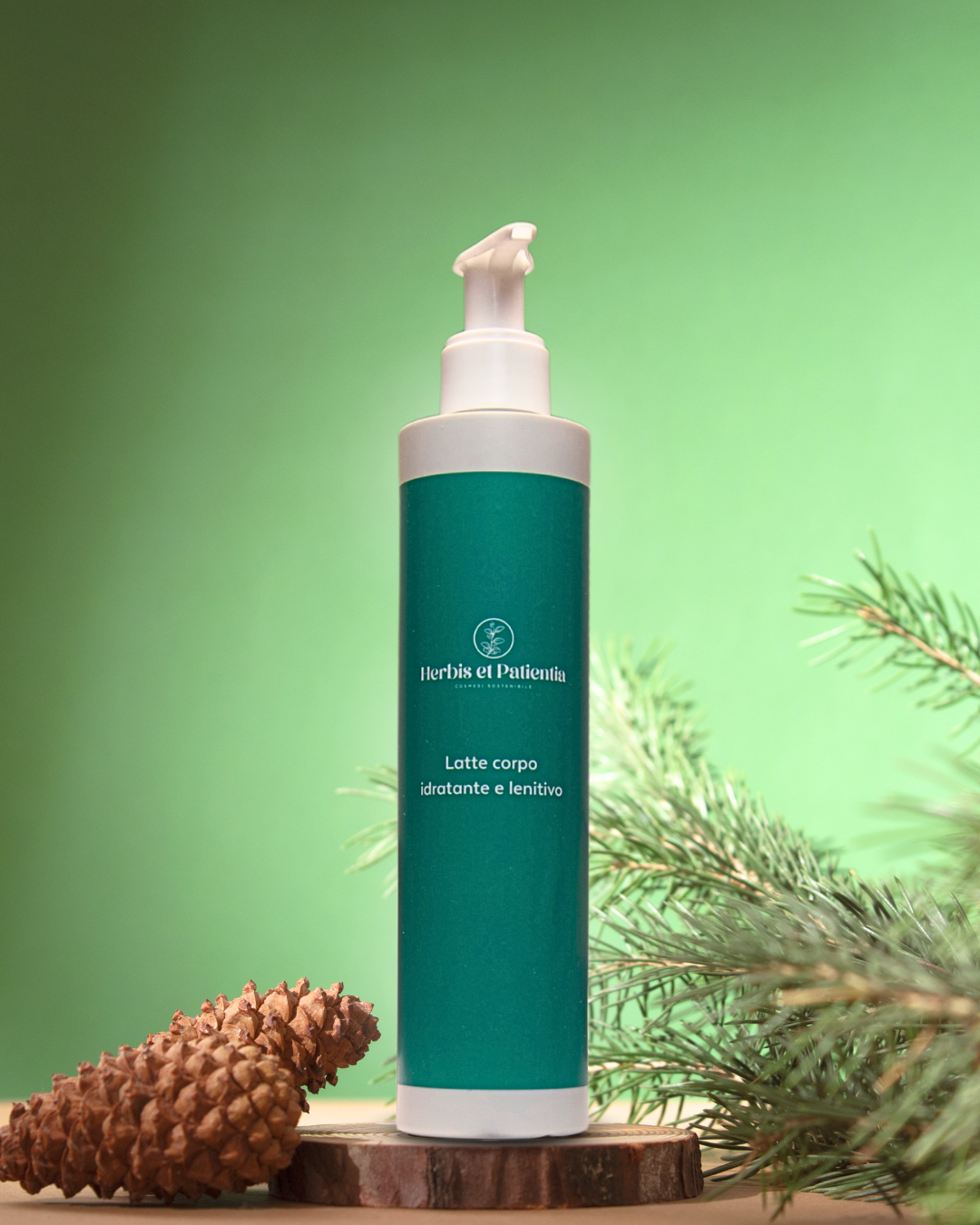Our Secrets
"Our" winning ingredient: the LENTISK
The Lentisco (Pistacia Lentiscus) is a very rustic and resistant bushy plant. Common throughout the Mediterranean area and especially in Sardinia, it grows abundantly in coastal areas, plains, and mountainous areas. The leaves are deep green, the fruits are small drupes that take on different colors depending on the degree of ripeness (which occurs fully in autumn).
Use in history
The oil obtained from its berries was and still is used both as a substitute for olive oil and as an elixir of longevity and well-being.
Greeks and Latins appreciated it for its diuretic, anti-inflammatory, antiseptic, healing qualities, for the treatment of gastric ulcers,
for cleaning and purifying the skin, to treat coughs and colds, it was also added to hair dyes to give shine and softness. The leaves were used to prepare compresses to treat and heal wounds as well as being left in shoes to avoid excessive sweating. Today, however, they are distilled to obtain the essential oil.
In the Middle East, the resin (Chios Mastic) still obtained today from the trunk, was used to disinfect and perfume, also appreciated for its antiseptic properties, to treat wounds and gastric ulcers, to be burned as an alternative to incense. Chewed, it was used for oral hygiene for the care of teeth, against gingivitis and for purifying breath.
Mastic Tree in Cosmetics
In cosmetics, Mastic is highly appreciated for its eudermic characteristics (i.e. that improve the physiological state of the skin) having soothing, rebalancing, restructuring, hydrating and antioxidant properties that make it an ideal and fundamental ingredient in nourishing and hydrating creams for sensitive skin or even skin affected by psoriasis, dermatitis, environmental stress as well as acting excellently against skin aging. The presence of monoterpenes in the oil and in the oily extract in fact helps the "scavenger" effect or contrast and elimination of free radicals by activating the re-epithelialization processes.
The harvesting of the drupes is still done entirely by hand using the “rubbing” method to protect the plant from mechanical damage and to ensure that it can continue to be used every year.
All this makes this ingredient difficult to find and has a high production cost. We process the Lentisco directly at our affiliated laboratories according to ancient methods but at the same time in full compliance with current safety standards, thus ensuring a very high level of quality.






